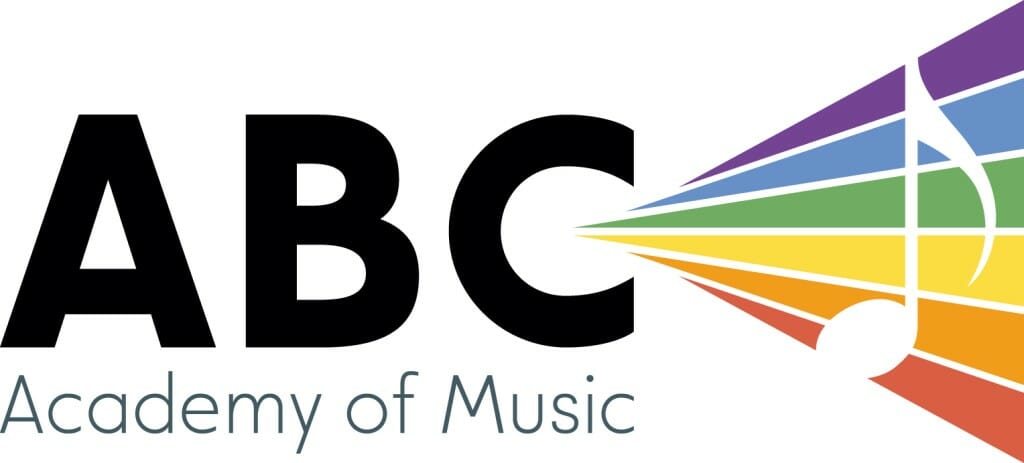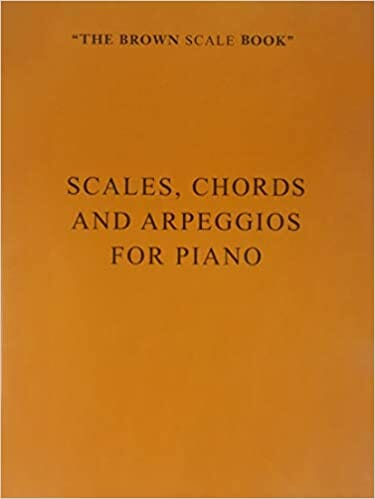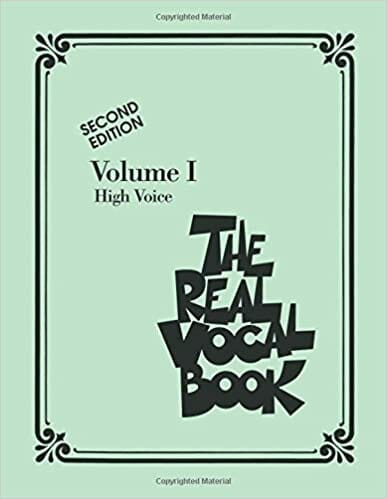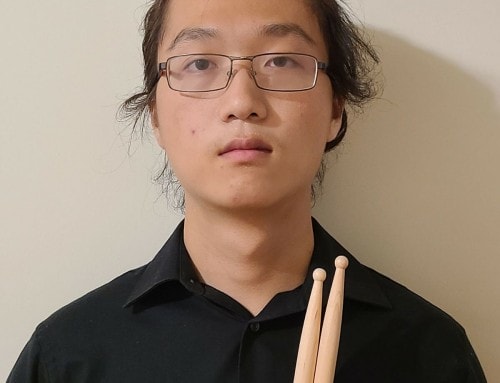B.Mus (Humber) in-progress
Adina is a singer-songwriter based in Toronto completing her Bachelor of Music degree at Humber College in vocal performance. Trained classically in piano since the age of 5, she has branched out into pop and jazz as well.
Vocally she is well-versed in many genres including jazz (she loves to scat!), musical theatre, pop, singer-songwriter, country, R&B, and acappella. She has 7 years of choir experience in both chamber and jazz styles. Adina has been writing and singing original songs since the age of 12, and has two singles as well as an EP out on all platforms under the artist name Adina V.
She has performed all across southern Ontario singing with the Toronto All-Star Big Band, as well as at various venues in the GTA with her own jazz duos and trios. As a member of the Cawthra Park Chamber Choir she performed at Roy Thompson Hall with the TSO for two years in a row. At Humber College she is part of the Vocal Jazz Ensemble led by Lisa Martinelli; this group performs advanced repertoire at events like the Ontario Vocal Jazz Festival.
Adina has been teaching music for the past 7 years and loves helping students meet their personal goals while fostering a love of music that lasts forever!
Get to know Adina…Beyond the Bio!
Hobbies: reading, puzzles, video games, painting
Musical Influences: Ella Fitzgerald, Nancy Wilson, Doris Day, Joni Mitchell, Taylor Swift, John Mayer
Favourite Food: Pad Thai
Least favourite food: eggplant
Favourite music: Indie rock and folk
Favourite song: All I Need by Jacob Collier ft. Mahalia & Ty Dolla $ign
Favourite movie: Matilda
Favourite movie music: The Pirates of the Caribbean theme
Favourite Musical: Dear Evan Hansen or The Last Five Years
Best Quote from your teacher: “It’s an amazing and wonderful experience to be able to be intentional about, in the moment, making music”
Favourite Quote: “Even as we are, we are becoming”
Favourite Book: The Girl With the Dragon Tattoo trilogy – Stieg Larsson
Best thing about teaching at ABC: Sharing and fostering a love of music with students of all ages
Latest Homework from Adina
Is Adina Your Teacher?
Sign up now to get your weekly assignments delivered, and never lose your homework sheet again!
Sunday, February 28th, 2021
Emet
Recommended minutes to practice: 15-20 mins a day
What to practice: A and E major triads (hands separately, solid and broken), La Raspa, Piano Man
How to practice it most effectively: For our triads, remember that E and A are in the same family as D major. This means the shapes and fingerings are the same. Before playing, take a moment to say which note names are involved; we are only ever going to play these 3 notes in various inversions. For La Raspa, we are playing in a new time signature: 6/8 time – this means there are 6 eighth notes per bar. RH, please observe the rests as they are part of the character of the piece. Note how RH often plays intervals of a 6th. LH, practice going back and forth between your two chord shapes. Once you feel comfortable, try the first half of the song hands together, noticing that there are a lot of repeating patterns. For Piano Man, put the first verse hands together, paying extra attention to timing in bars 7-8. LH make sure your longer notes like half notes and dotted halves are held the full amount. Still play verse two hands separately.
Nathalia
Recommended minutes to practice: 10-15 mins a day
What to practice: D major scale (hands separately), Bye, Bye Love (all hands together except 2nd ending).
How to practice it most effectively: The D major scale uses the same fingerings as our other scales, just now with F# and C#. In Bye, Bye Love, notice how in the chorus section LH is mainly going between Bb and low F, then stepping back up. The sayings for bass clef to help with figuring notes out are All Cows Eat Grass for the spaces, and Good Birds Don’t Fly Away for the lines. Still be extra careful with RH’s intervals – always figure out the top note first, then the bottom one. In the verse please practice bars 9-12 with RH alone first (using the written finger numbers), then hands together. It would also help to use the written fingerings for the chords at the end of the verse – still go back and forth between these a few times before playing through the whole verse.
Kollel
Recommended minutes to practice: 20-30 mins a day
What to practice: F major scale (2 octaves hands separately), Prelude
How to practice it most effectively: In F major, RH has different fingerings: finger 4 is always on Bb, and the top of the scale ends on finger 4, not 5. LH’s fingerings stay the same as our other scales. In the Prelude, please only play up until bar 13, hands separately. We spoke today about natural and melodic minors and where they pop up in this piece. RH please pay extra attention to your staccatos and articulations this week. LH, in order to get those strings of eighth notes even, try first playing the 5 note pattern as long-short-long-short, then reverse it to short-long-short-long, and finally play them even. Please do this in both the G minor and C minor positions.
Tuesday, March 2nd, 2021
Gianna
Recommended minutes to practice: 15 mins a day
What to practice: C major scale (up and down) warmup, Life is an Adventure (with piano letters)
How to practice it most effectively: When doing the warmup, first sing on the syllable “dah”, making sure your jaw/mouth is quite open and you take a big belly breath before. After doing it on “dah” once or twice, stick to singing the letter names in the scale – pay extra attention on your way down since singing the alphabet backwards is tricky! In Life is an Adventure, a reminder that G above middle C is our starting note and the highest note in the song. The lyrics we have put piano letters to are in the chorus:
- “Life is an adventure” x2 the notes are G-G-F-Eb-Eb-F
- “What’s going to happen next?” notes are G-F-Eb-F-F-Eb
- “Life is like walking through the jungle” Bb-Bb-Bb-G-G-F-Eb-F-Eb
- “Life is like climbing a tree” Bb-Bb-Bb-G-F-Eb-F
- “You never know what is going to happen next” Bb-Bb-C-Bb-G–G-F-Eb-F-F-Eb
Try playing the piano letters as you sing! Also, see if you can try using these notes (and maybe a couple of others) to make melodies for the parts of the song we haven’t done in class yet!
Ken
Recommended minutes to practice: 15 mins a day
What to practice: D major scale (hands separately), The Clock Strikes Thirteen, The Elf’s Silver Hammer, Ode to Joy
How to practice it most effectively: The D major scale has the same fingering as our other scales, but uses F# and C#. In The Clock Strikes Thirteen, please pay extra attention to bars 3 and 7 where RH has eighth notes. These should be twice as fast as quarter notes! In general the rhythm of this piece is what I’d like you to focus on this week. In the crescendo, see if you can be more gradual and have a section where the volume passes through medium. Remember, f just means loud, not super duper loud! For The Elf’s Silver Hammer, please do the legatos the few times they come up. Use the saying FACE in the space to help find treble clef space notes. Once notes become more comfortable, play with all the written dynamics! For Ode to Joy, please pay extra attention to those eighth notes! Use the counting with “ands” to help you. RH watch out for the times you switch octaves.
Steve
Recommended minutes to practice: 10-15 mins a day
What to practice: The Elf’s Silver Hammer, Ode to Joy
How to practice it most effectively: In The Elf’s Silver Hammer, try adding the dynamics in now that notes and rhythms are more comfortable. The two lines that need a bit more attention are the 2nd and last lines; play these once isolated before playing through the whole piece. Line 2 make sure those two quarter notes in bar 7 are held for the full amounts. For Ode to Joy, we will do everything hands together except bars 17-24. Watch out for all the repeated notes in the RH melody, and please pay extra attention to the eighth note rhythms in bars 17 and 21 – these need to be counted “1+2+”.
Gabe
Recommended minutes of practice: 20 minutes a day
What to practice: Theme from Don Giovanni, Canon (from the RCM book)
How to practice it most effectively: In Theme from Don Giovanni, please spend some time isolating bars 7, 15, and 17 for the rhythm – beat 3 has a full quarter note (D) on which you should count “3+”. Since we have played this piece for a few weeks now, you are ready to add in the dynamics. Make sure to start the beginning of the first and second pages piano; then from there you’ll have room to grow. Our new piece is the Canon from the RCM repertoire book. This new Canon is also in D major, so we have F# and C#. Play this piece hands separately, paying extra attention to the rhythm/counting. It helps to go 2 bars at a time.
Isaac
Recommended minutes of practice: 20 minutes a day
What to practice: Andante in G minor, Early One Morning (also p. 60 from the theory book!)
How to practice it most effectively: You may start playing Early One Morning hands together, but first do bar 9 to the end, and then the beginning to bar 8. This is because the second half is a little easier and will warm you up for more involved hands together playing for the first half. Tonight we spoke about a trick for recognizing odd intervals on the staff: as with a skip (a 3rd), 5ths and 7ths will also be either space to space or line to line. For Andante in G Minor, break the song down into 2 chunks: bars 1-4, then 5 to the first half of 8, and finally second half of 8 to the end. With each of these sections, play each hand separately once, exaggerating the detached quarter notes, and then put it hands together.
Wednesday, May 5th, 2021
Dvorah
Recommended minutes to practice: 10 minutes a day
What to practice: Petit Minuet, Rodeo
How to practice it most effectively: In Petit Minuet we have a new time signature, 3/4, as well as a new RH position (finger 1 on D). When we are in a new position like this, it helps to say/sing the letters out loud while you play. In 3/4 there are only 3 beats per bar – still hang on to half notes for 2 counts, and dotted halves for the full 3. Rodeo has a new LH note: A! Please make sure your counting is nice and even, even when there are lots of repeated notes like in the second line.
Diya
Recommended minutes to practice: 15-20 minutes a day
What to practice: “loo loo loo/woo woo woo” warmup, do-re-mi up and down the scale, Do a Deer, My Favourite Things, Firefly
How to practice it most effectively: For the first warmup, start on a middle C and go up 3 notes then back down. From there, you can play your starting note on piano (up 1 semitone every time), as you sing on “loo loo loo”. Once you get to around an F#, change to “woo woo woo”. You may take this exercise up to around a B. For our scale, think of saying “sofa” on your way down to help with the sol-fa order! It also helps to write down the syllables and visually follow along left to right on the way up, and right to left on the way down. Please continue singing Do a Deer with the karaoke. For My Favourite Things, there are lots of lovely lyrics in the verses – sing along with the lyric video and make sure you’re enunciating all the consonants. The verses are lighter and a bit softer while the chorus “When the dog bites…” is bold and louder. For the big note “Feel” at the end of the chorus, see if you can still let your jaw be relaxed and long instead of spread so your sound can ring out. For Firefly, please continue to practice from top to bottom – your reading is improving every day! Watch out for when there are skips, and hold longer notes (half notes and whole notes) for their full value.
Marco
Recommended minutes to practice: 10-15 minutes a day
What to practice: Haunted Mouse, Classic Dance
How to practice it most effectively: Haunted Mouse can be our review piece this week. Play around with the cool sound effects on your keyboard and try to find the spookiest! In Classic Dance there is a lot going on – there are lots of dynamic instructions and legato into staccato articulations. Even when playing a p dynamic, make sure your fingers are pressing all the way into the keys please. Bars 3 and 11 have the hands playing 4-3-2 together on staccatos; when playing staccatos, make sure your wrist is bouncy and light (especially when trying to make them quiet).
Oliver
Recommended minutes to practice: 10-15 minutes a day
What to practice: Amazing Grace
How to practice it most effectively: Today we spoke about eighth notes, and how we count with “ands” whenever they are in our songs. Eighth notes only get half a beat (o.5!). For Amazing Grace, please count “one, two, three and” for bars that have eighth notes in them. As always, please double check where we are stepping versus where we are skipping. LH also has a cheeky little cross at the end to a C above middle C!
Alice
Recommended minutes to practice: 15 minutes a day
What to practice: Football Game, Octavius the Octopus, Attention, Little Do You Know
How to practice it most effectively: In Football Game, LH is in C position on the bass clef. Please watch your steps versus skips (and that one 5th that RH plays!). Octavius the Octopus is a LH only song – we are doing octaves from middle C down to low C, as well as a C major scale in the bottom line. Please use the written finger numbers. For Attention, the spots to give a little extra attention to – no pun intended – are the second half of verse 2 “now that we’re, now that we’re…standing face to face” where his melody goes up, and the “what are you doing to me, what are you doing now” bridge, where we chose to sing the higher harmony. Please continue singing Little Do You Know with the Alex & Sierra version.
Linda
Recommended minutes to practice: 20 minutes a day/30 minutes every other day
What to practice: G, D, A, E major scales, New Shoes, Distant Chimes, and Cry Me a River
How to practice it most effectively: For the scales, you may alternate playing one in the RH, then the next in the LH, etc. since we are doing them hands separately. Remember the sharps always stack on top of the old ones, and new sharps go on the 7th degree. For New Shoes, let’s work on getting bars 9 to the end feeling just as peppy as bars 1-8. Distant Chimes uses a lot of 5ths in patterns – in spots were these patterns are comfortable, experiment with adding the pedals so we really get that chime sound. Please be careful with the eighth notes going into quarter notes rhythm in the first line. For Cry Me a River, continue playing through the chords, maybe adding the LH bass notes in as well. In the B section we talked about using inversions for F-7b5 to B7 (bottom two notes would stay, top two would move down a semitone).
Emet
Recommended minutes to practice: 15-20 minutes a day
What to practice: D, E, and A minor triads (hands separately, 1 octave), Tarantella, and you may start looking at Walk, Don’t Run.
How to practice it most effectively: For the triads, always confirm the 3 letters involved before going through all the inversions. Remember that RH plays with finger 2 in first inversion, while LH plays with finger 2 in second inversion. For Tarantella, you can put the first 2 lines hands together, and later in the week potentially lines 3 and 5. RH’s rhythm in bars 2 and 6 is an eighth note on beat one, then a rest, then another eighth note on beat 3 – make sure to have that beat of silence. The rhythms are very important in this song, as well as the articulation between legato and detached parts (for example in lines 4 and 6). Please double check that you’ve got a Bb in all your shapes and intervals since it’s in the key signature.
Kollel
Recommended minutes to practice: 20 minutes a day
What to practice: C, F, and G major triads (hands together, 1 octave), Dance of the Dragonflies, The Black Pony
How to practice it most effectively: For the triads, always confirm the 3 letters involved before going through all the inversions. Remember that RH plays with finger 2 in first inversion, while LH plays with finger 2 in second inversion. In Dance of the Dragonflies, isolate bars 29-32 a few times, noticing the patterns. This line (29-35) could use a bit more attention to get it up to speed with the rest of the piece. Continue to make articulation a priority. In The Black Pony, we actually only play with black keys this entire song! Go hands separately, once again prioritizing staccatos and also correct 16th note rhythms. LH is the melody in this piece, and hops around a lot between octaves and sometimes clefs.
Preferred Books for Adina’s Students
Click to buy them here, and they’ll come right to your house! What could be easier?
Alfred's Basic Piano Library Lesson Book 1A
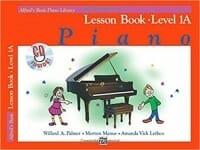
Alfred's Adult Basic All-In-One
Alfred’s Basic Adult All-in-One Course is designed for use with a piano instructor for the beginning student looking for a truly complete piano course. It is a greatly expanded version of Alfred’s Basic Adult Piano Course that will include lesson, theory, and technique in a convenient, “all-in-one” format. This comprehensive course adds such features as isometric hand exercises, finger strengthening drills, and written assignments that reinforce each lesson’s concepts. There is a smooth, logical progression between each lesson, a thorough explanation of chord theory and playing styles, and outstanding extra songs, including folk, classical, and contemporary selections.
The Brown Scale Book
This essential resource includes all major and minor scales, triads, arpeggios, dominant sevenths, and chromatic scales organized by key. A favorite for decades, The Brown Scale Book belongs in every student’s library.
The Real Vocal Book
The Real Vocal Book has many of the selections from Volumes 1 and 2 of the instrumental Real Books, but now with complete lyrics added to the pre-existing melody line. This edition features 300 essential songs arranged for low voice, including: Alfie * All of Me * Autumn Leaves * Bewitched * Bluesette * Don’t Get Around Much Anymore * Fever * Georgia on My Mind * Misty * Moon River * My Funny Valentine * Satin Doll * and more. Looking for a particular song? Check out the Real Book Songfinder here.
